As the saying goes, “An ounce of prevention is worth a pound of cure,” when it comes to your home, this couldn’t be more true—especially for that often-overlooked guardian above your head: your roof. With extreme weather events becoming increasingly common, from fierce storms to unexpected heat waves, ensuring that your roof is prepared can save you headaches (and money) down the line. Whether you’re a seasoned homeowner or new to the game, our essential tips will help fortify your roof against whatever Mother Nature has in store.
Schedule a Professional Roof Inspection

Before bad weather hits, scheduling a roof inspection with a professional is the best place to start. A roofing expert can assess the overall condition of your roof and identify any weak spots, damage, or wear and tear that could worsen in extreme weather. Sources like the acculynx website offer more details on businesses that provide professional roofing inspections.
They’ll check for missing shingles, cracked tiles, damaged flashing, and signs of leaks. If your roof is older or has suffered from previous storms, it’s essential to inspect it. A minor issue can become a big problem when the next storm occurs. By catching problems early, you can make necessary repairs before they get worse. This will keep your roof secure and ensure it has the strength to withstand harsh weather conditions.
Clear Debris From the Roof and Gutters
Debris, such as leaves, branches, and dirt, can collect on your roof and in your gutters, especially after a storm. If left unchecked, this debris can trap water and cause roof damage. For gutters, clogged systems can lead to water backing up under your shingles or causing leaks inside your home.
To prepare your roof for extreme weather, ensure your gutters are clear and debris-free. You can use a garden hose or a gutter scoop to remove any buildup. Consider installing gutter guards if trees are near your home to prevent future blockages. It’s also essential to clear any large branches or limbs that are hanging over your roof. These branches can break off and cause significant damage in strong winds or storms. Trim back any trees near your roofline to reduce the risk of falling debris.
Check for Loose or Missing Shingles
Your shingles are your roof’s first defense against wind, rain, and snow. If you notice any loose or missing shingles, it’s crucial to replace them before the weather turns severe. Missing shingles can create gaps in your roof that allow water to seep in, leading to leaks and potential water damage. Check your roof for any visible damage, such as curled or cracked shingles. A roofing contractor can also inspect the integrity of the shingles and help replace any that are past their prime. If your roof is more than 15-20 years old, consider a full replacement, especially if it has experienced significant damage in the past.
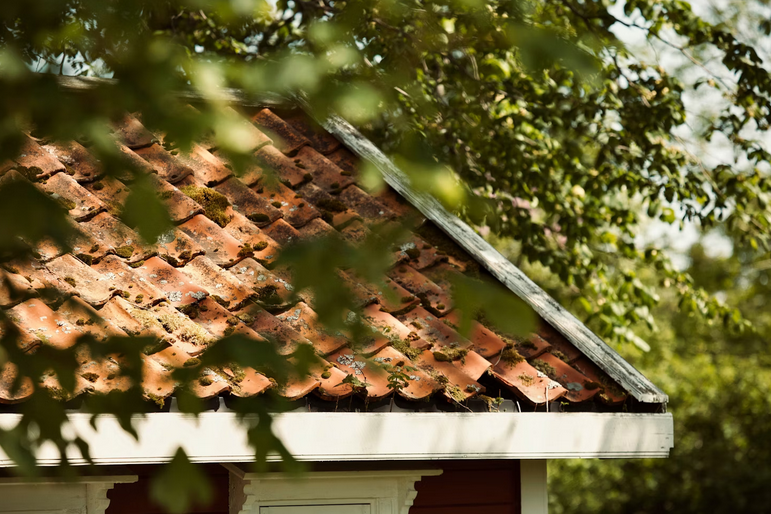
Reinforce Roof Flashing and Seals
Flashing is the material used around areas like chimneys, skylights, and vents to create …

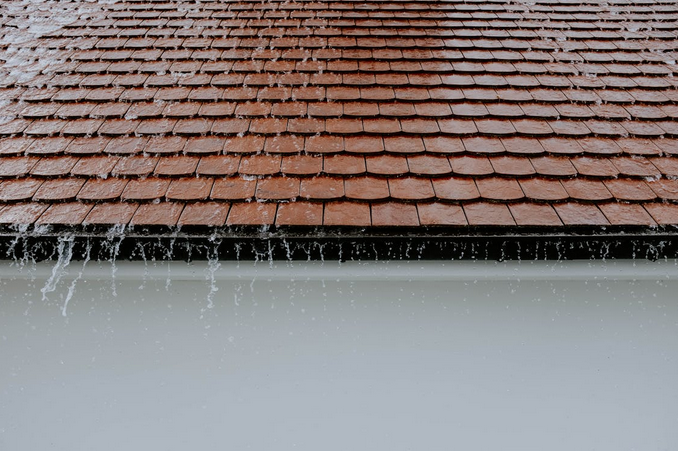

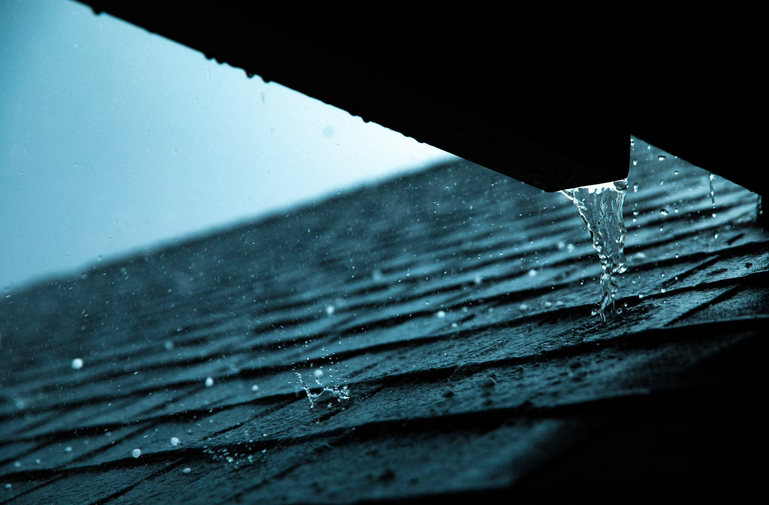
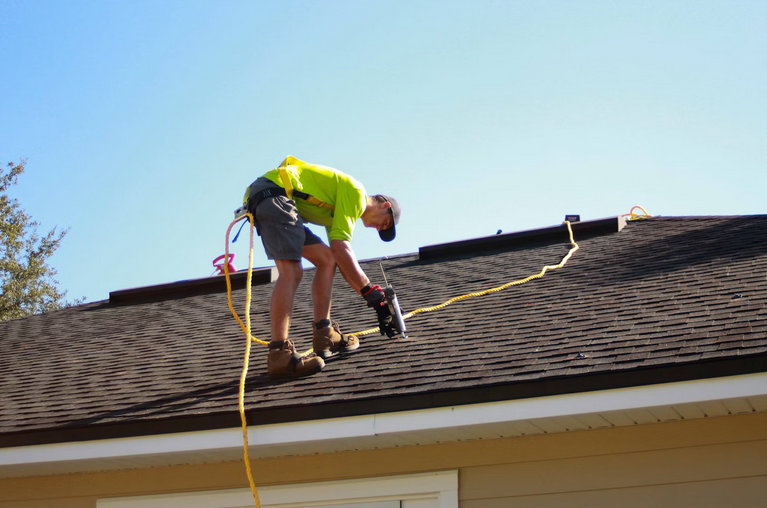

 Precision engineering is all about accuracy – the fine art of ensuring every measurement, cut, and placement is spot-on. In construction, accuracy is crucial for ensuring that components fit together seamlessly and that the final product meets exact specifications. From measuring tools to advanced technologies like 3D modelling and laser scanning, precision engineering leaves no room for error. Every detail matters in precision engineering – even the slightest miscalculation can have significant consequences.
Precision engineering is all about accuracy – the fine art of ensuring every measurement, cut, and placement is spot-on. In construction, accuracy is crucial for ensuring that components fit together seamlessly and that the final product meets exact specifications. From measuring tools to advanced technologies like 3D modelling and laser scanning, precision engineering leaves no room for error. Every detail matters in precision engineering – even the slightest miscalculation can have significant consequences. When it comes to high-quality
When it comes to high-quality 


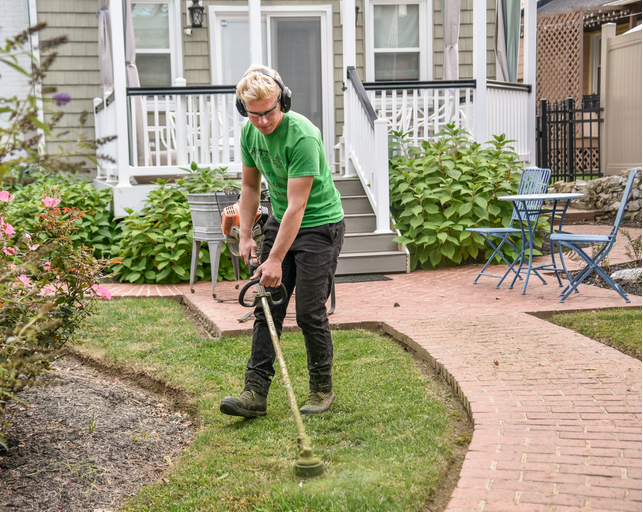

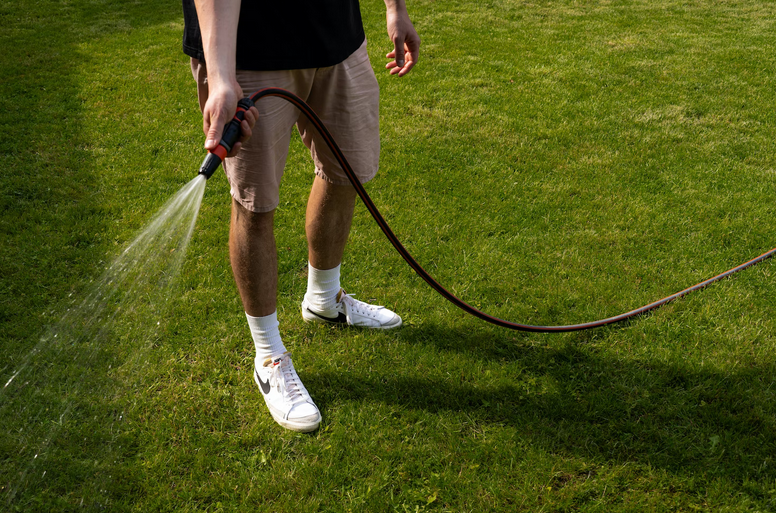
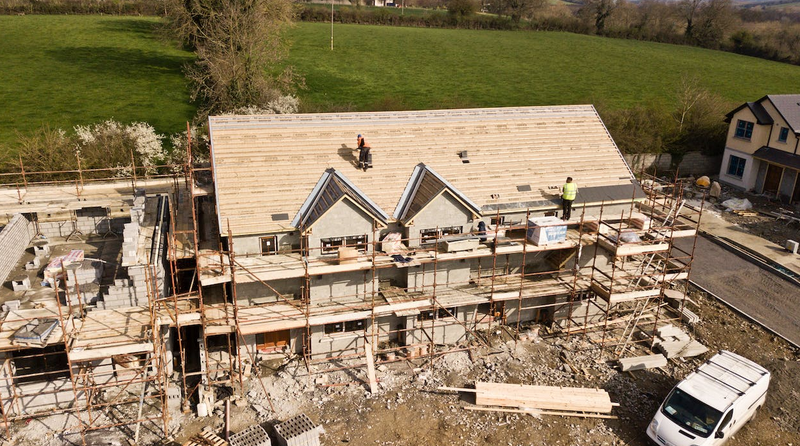

 Modern prefab homes are equipped with energy-efficient technologies that significantly reduce energy consumption. Smart home systems, which can be seamlessly integrated into prefab
Modern prefab homes are equipped with energy-efficient technologies that significantly reduce energy consumption. Smart home systems, which can be seamlessly integrated into prefab 


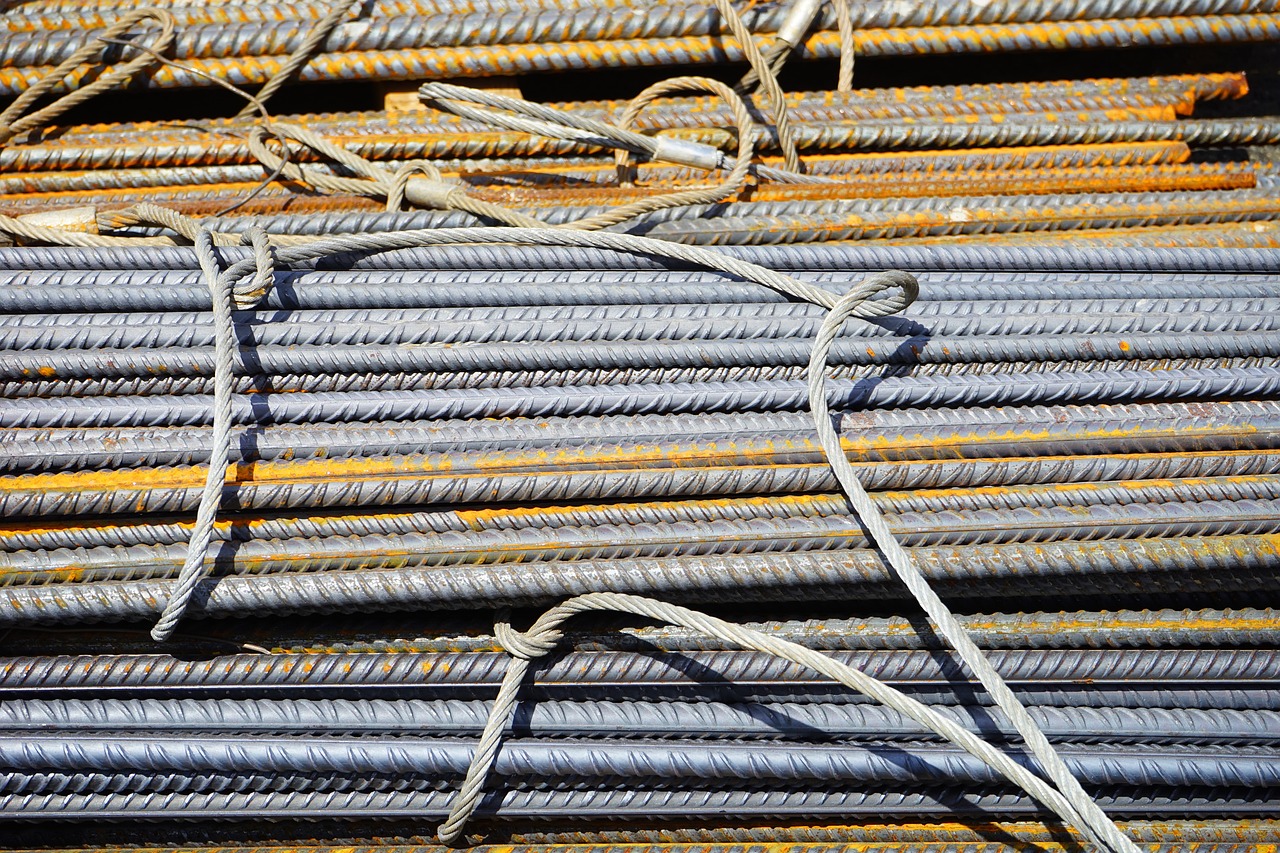

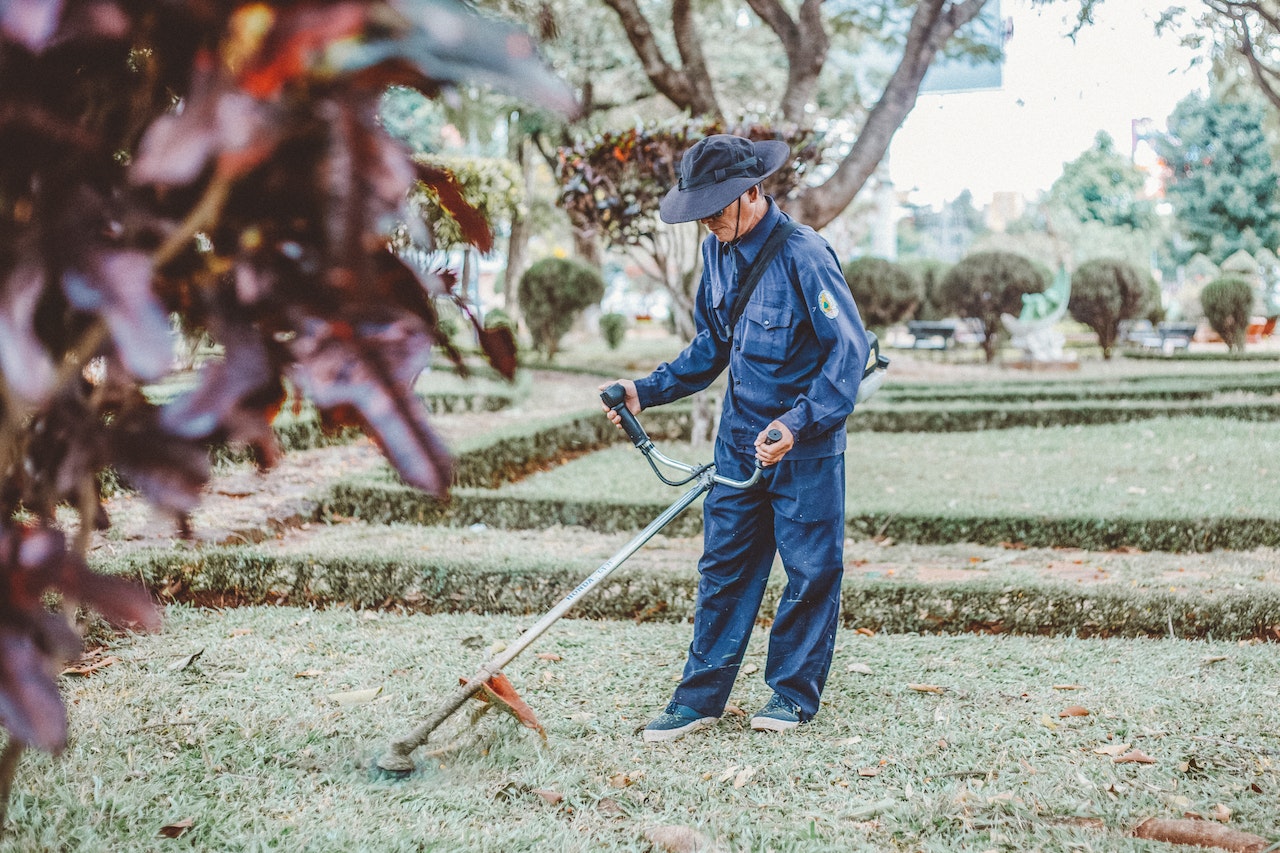

 Selecting the right plants for your landscape can be overwhelming, especially if you’re not familiar with the local climate and soil conditions. Professional
Selecting the right plants for your landscape can be overwhelming, especially if you’re not familiar with the local climate and soil conditions. Professional 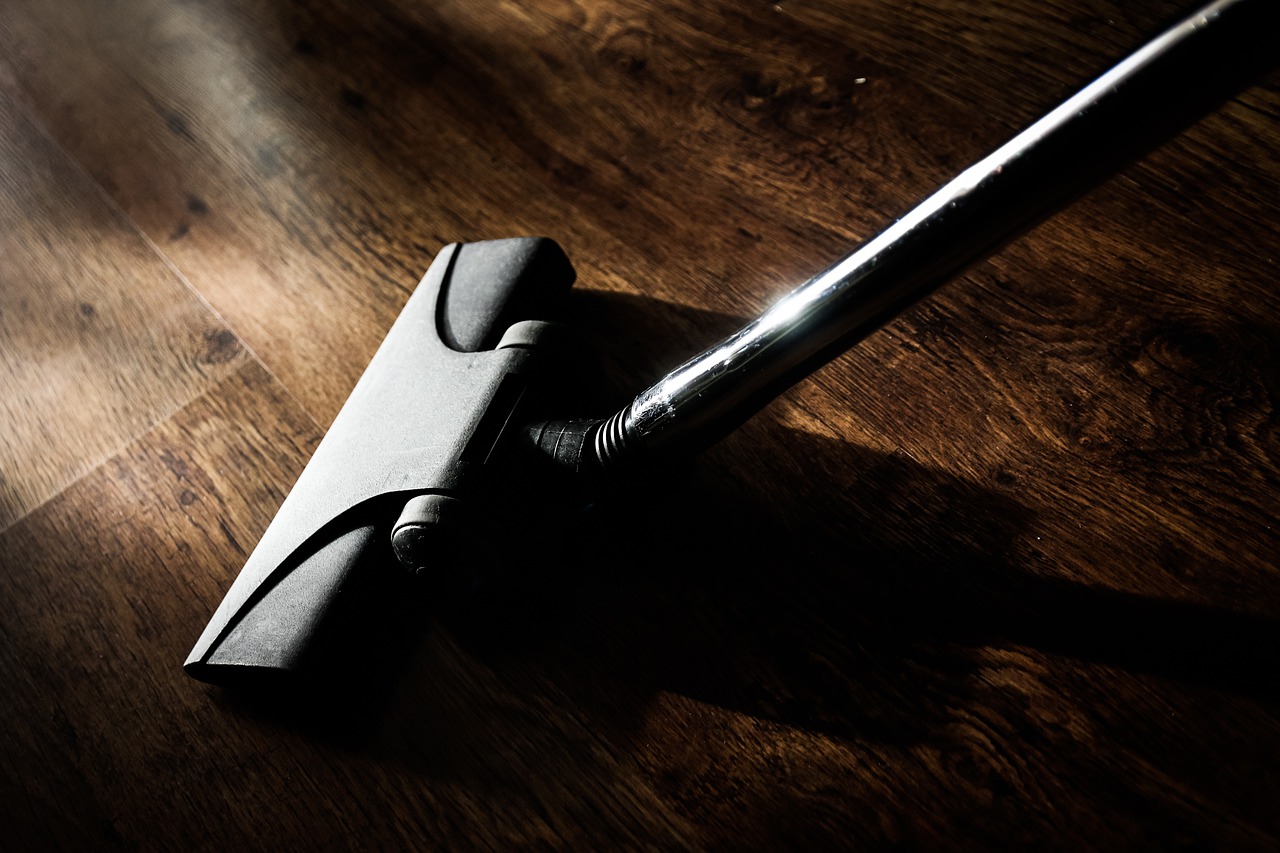
 One of the main reasons you should vacuum your home is to remove
One of the main reasons you should vacuum your home is to remove  There’s no doubt about it, and a clean home can improve your mood. When you vacuum your home, you remove dirt, dust, and other allergens from the air. This can help to create a more pleasant environment in your home and make you feel better overall. In addition, the act of vacuuming itself can be therapeutic. If you’re stressed, try cleaning for a few minutes to help improve your mood.These are just a few of the many health reasons to vacuum your home regularly .
There’s no doubt about it, and a clean home can improve your mood. When you vacuum your home, you remove dirt, dust, and other allergens from the air. This can help to create a more pleasant environment in your home and make you feel better overall. In addition, the act of vacuuming itself can be therapeutic. If you’re stressed, try cleaning for a few minutes to help improve your mood.These are just a few of the many health reasons to vacuum your home regularly .
 Professional moving agencies have been helping people move for years. They know how to pack and transport your belongings safely and efficiently.
Professional moving agencies have been helping people move for years. They know how to pack and transport your belongings safely and efficiently. Hiring a professional moving agency gives you the peace of mind of knowing experts will handle your move. You can relax and focus on other things, safe knowing that your belongings are in expert hands. Moving can be stressful, but it doesn’t have to be. Hiring a professional moving agency is the best way to ensure a smooth, stress-free move.
Hiring a professional moving agency gives you the peace of mind of knowing experts will handle your move. You can relax and focus on other things, safe knowing that your belongings are in expert hands. Moving can be stressful, but it doesn’t have to be. Hiring a professional moving agency is the best way to ensure a smooth, stress-free move.
 When looking for a service provider, whether for home improvement, repairs, or maintenance, it’s essential to do your research. You should get multiple quotes from different companies, read reviews online, and ask for recommendations from people you trust.
When looking for a service provider, whether for home improvement, repairs, or maintenance, it’s essential to do your research. You should get multiple quotes from different companies, read reviews online, and ask for recommendations from people you trust. It’s essential to have a budget in mind when you’re getting services for your home. Many people are surprised by how much home services can cost. Otherwise, you could end up spending more than you can afford.
It’s essential to have a budget in mind when you’re getting services for your home. Many people are surprised by how much home services can cost. Otherwise, you could end up spending more than you can afford. When looking for home services, it’s crucial to have a clear idea of what you want. Otherwise, you could end up with something that you’re not happy with. If you’re not sure what you want, ask for recommendations from the company. They should provide you with a list of services suitable for your home.
When looking for home services, it’s crucial to have a clear idea of what you want. Otherwise, you could end up with something that you’re not happy with. If you’re not sure what you want, ask for recommendations from the company. They should provide you with a list of services suitable for your home.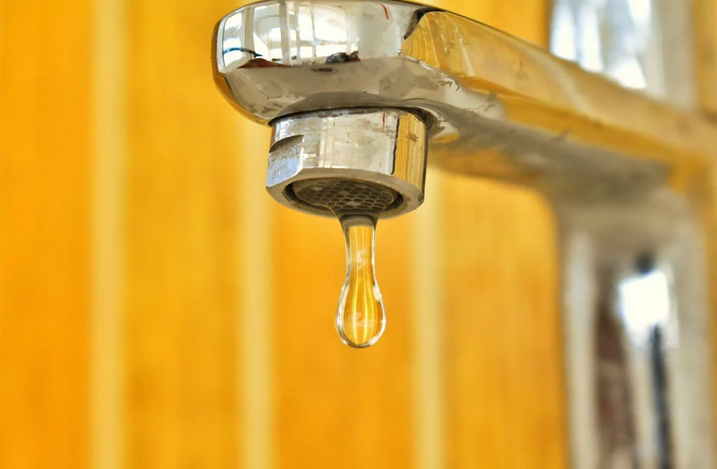
 The quality of tap water in America has been deteriorating for years. In fact, according to the National Resources Defense Council, “more than 90% of Americans’ drinking water fails to meet federal health standards.” It is mainly because the Environmental Protection Agency (EPA) has been drastically cutting its budget over the past few years. As a result, the agency has been unable to properly enforce its regulations, which has led to an increase in water contamination.
The quality of tap water in America has been deteriorating for years. In fact, according to the National Resources Defense Council, “more than 90% of Americans’ drinking water fails to meet federal health standards.” It is mainly because the Environmental Protection Agency (EPA) has been drastically cutting its budget over the past few years. As a result, the agency has been unable to properly enforce its regulations, which has led to an increase in water contamination. Aside from chromium-six, tap water can also contain various other contaminants, including lead, mercury, arsenic, and pesticides. These contaminants can cause many health problems, including cancer, congenital disabilities, and developmental delays.
Aside from chromium-six, tap water can also contain various other contaminants, including lead, mercury, arsenic, and pesticides. These contaminants can cause many health problems, including cancer, congenital disabilities, and developmental delays. Finally, installing a water filtration system in your home is a great way to save money on your water bill. Most filters have several years, so you will not have to replace them often. In addition, many water filtration systems are now Energy Star certified, which means they will help you save energy and money on your utility bills. If you are interested in installing a water filtration system in your home, consult with a water filtration specialist. They will be able to recommend the best filter for your needs.
Finally, installing a water filtration system in your home is a great way to save money on your water bill. Most filters have several years, so you will not have to replace them often. In addition, many water filtration systems are now Energy Star certified, which means they will help you save energy and money on your utility bills. If you are interested in installing a water filtration system in your home, consult with a water filtration specialist. They will be able to recommend the best filter for your needs.
 A cluttered and chaotic home can be very distracting and overwhelming. When your surroundings are tidy and organized, you are less likely to feel overwhelmed and have more time to focus on what is truly important.
A cluttered and chaotic home can be very distracting and overwhelming. When your surroundings are tidy and organized, you are less likely to feel overwhelmed and have more time to focus on what is truly important. A cluttered and chaotic home can be a breeding ground for stress and anxiety. When your home is clean and organized, you will feel more at ease and less stressed out. This means that you will have more energy to focus on the important things and less time spent worrying about things that don’t matter.
A cluttered and chaotic home can be a breeding ground for stress and anxiety. When your home is clean and organized, you will feel more at ease and less stressed out. This means that you will have more energy to focus on the important things and less time spent worrying about things that don’t matter.
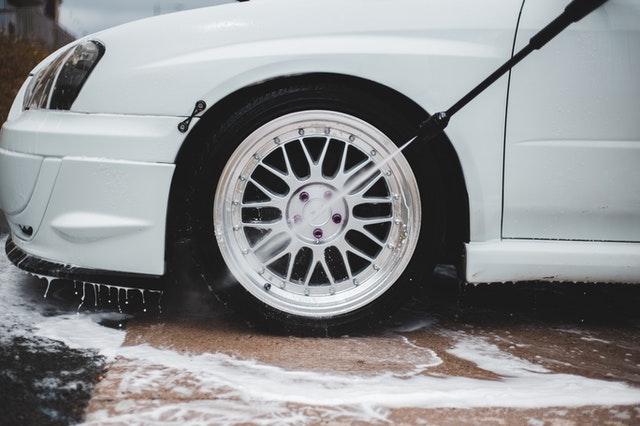
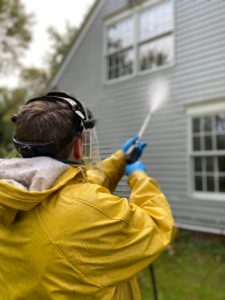 Pressure washers can easily damage your home if misused. This is especially true for homes with wood siding or stucco exterior walls. Pressure washer nozzles are powerful and can cause serious injury. You can also damage your home’s paint or siding if you use the pressure washer for too long.
Pressure washers can easily damage your home if misused. This is especially true for homes with wood siding or stucco exterior walls. Pressure washer nozzles are powerful and can cause serious injury. You can also damage your home’s paint or siding if you use the pressure washer for too long. 
 When redecorating your apartment, one of the first things you’ll need to do is pick out a color scheme. You can go with neutrals like black, white, and beige or mix and match different colors for a more vibrant look. Just make sure all colors work well together so that your space doesn’t feel too disjointed. You can also think about what sort of mood you want to set in your apartment. If you’re looking for something calming, consider blues and greens—and if not, bright neon colors might be more up your alley! Just remember that when redecorating an apartment, it’s okay to have a theme or inspiration in mind.
When redecorating your apartment, one of the first things you’ll need to do is pick out a color scheme. You can go with neutrals like black, white, and beige or mix and match different colors for a more vibrant look. Just make sure all colors work well together so that your space doesn’t feel too disjointed. You can also think about what sort of mood you want to set in your apartment. If you’re looking for something calming, consider blues and greens—and if not, bright neon colors might be more up your alley! Just remember that when redecorating an apartment, it’s okay to have a theme or inspiration in mind. If you’re looking for ways to make your apartment feel homier, creating a reading nook is an inexpensive way to do it. Start by picking the perfect spot in one of the rooms with windows and natural light. Add some comfy pillows or chairs, maybe even a few throw blankets. Once everything has been set up, stock your reading nook with your favorite books and magazines. This is a great way to relax and escape from the world for a while. If you’re not into reading, you can also use your nook as a place to meditate or do some yoga. The possibilities are endless
If you’re looking for ways to make your apartment feel homier, creating a reading nook is an inexpensive way to do it. Start by picking the perfect spot in one of the rooms with windows and natural light. Add some comfy pillows or chairs, maybe even a few throw blankets. Once everything has been set up, stock your reading nook with your favorite books and magazines. This is a great way to relax and escape from the world for a while. If you’re not into reading, you can also use your nook as a place to meditate or do some yoga. The possibilities are endless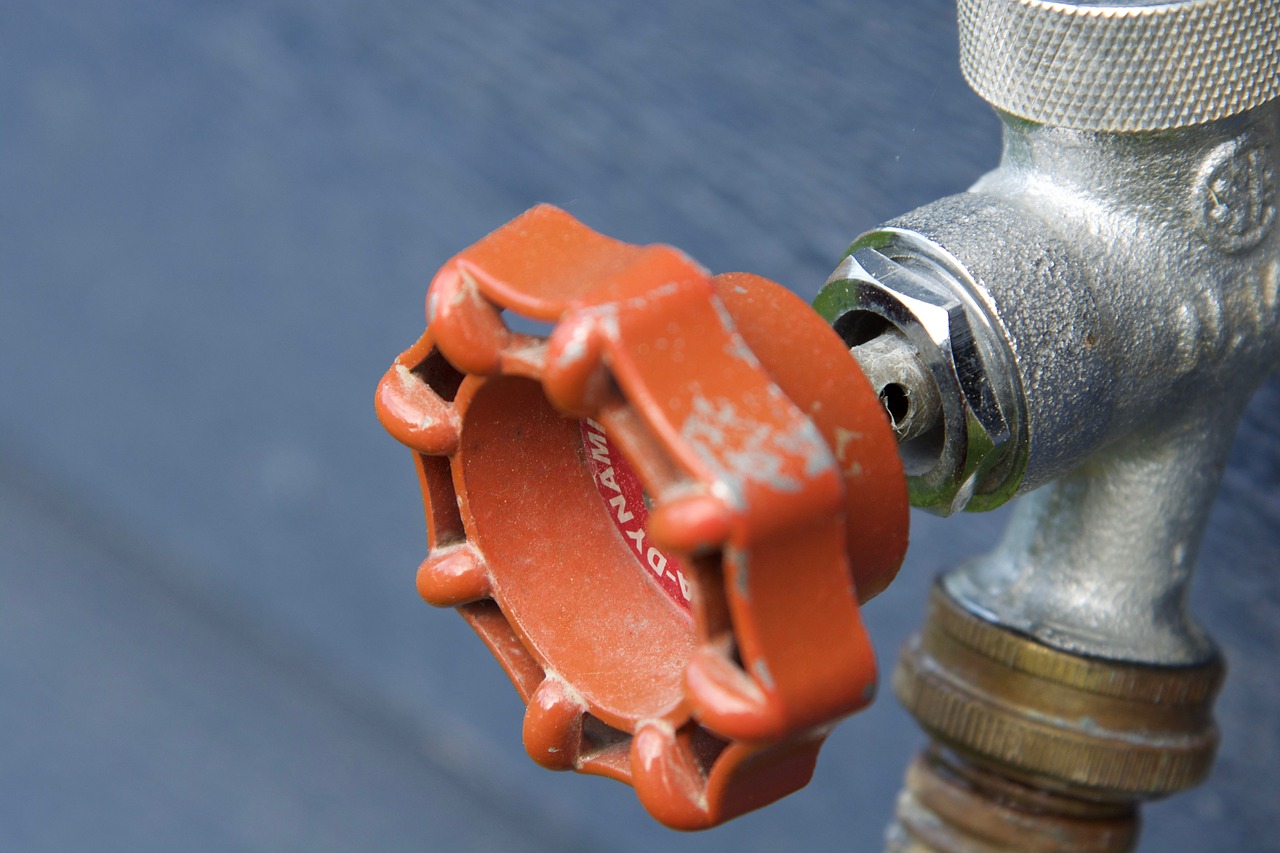
 The average person in the United States wastes more than 200 gallons of water each day, most of which could be avoided by installing a home water system. This wasted water costs homeowners $540 per year on their utility bills! A whole-house filtration and softening system can save you up to 30% on your annual water bill, and a water recycling and rainwater harvesting system can save you even more.
The average person in the United States wastes more than 200 gallons of water each day, most of which could be avoided by installing a home water system. This wasted water costs homeowners $540 per year on their utility bills! A whole-house filtration and softening system can save you up to 30% on your annual water bill, and a water recycling and rainwater harvesting system can save you even more.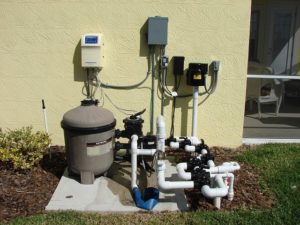 Water heating is the second-largest energy expense in most homes, accounting for nearly 18% of your annual utility bill. A whole-house filtration and softening system can help to reduce this expense by up to 50%, as it will remove minerals such as calcium from your tap water, which could otherwise cause sediment buildup in your tank. A whole-house electrolysis unit is even more effective at reducing energy use because its process removes hydrogen gas that accumulates on the heating elements of your water heater.
Water heating is the second-largest energy expense in most homes, accounting for nearly 18% of your annual utility bill. A whole-house filtration and softening system can help to reduce this expense by up to 50%, as it will remove minerals such as calcium from your tap water, which could otherwise cause sediment buildup in your tank. A whole-house electrolysis unit is even more effective at reducing energy use because its process removes hydrogen gas that accumulates on the heating elements of your water heater.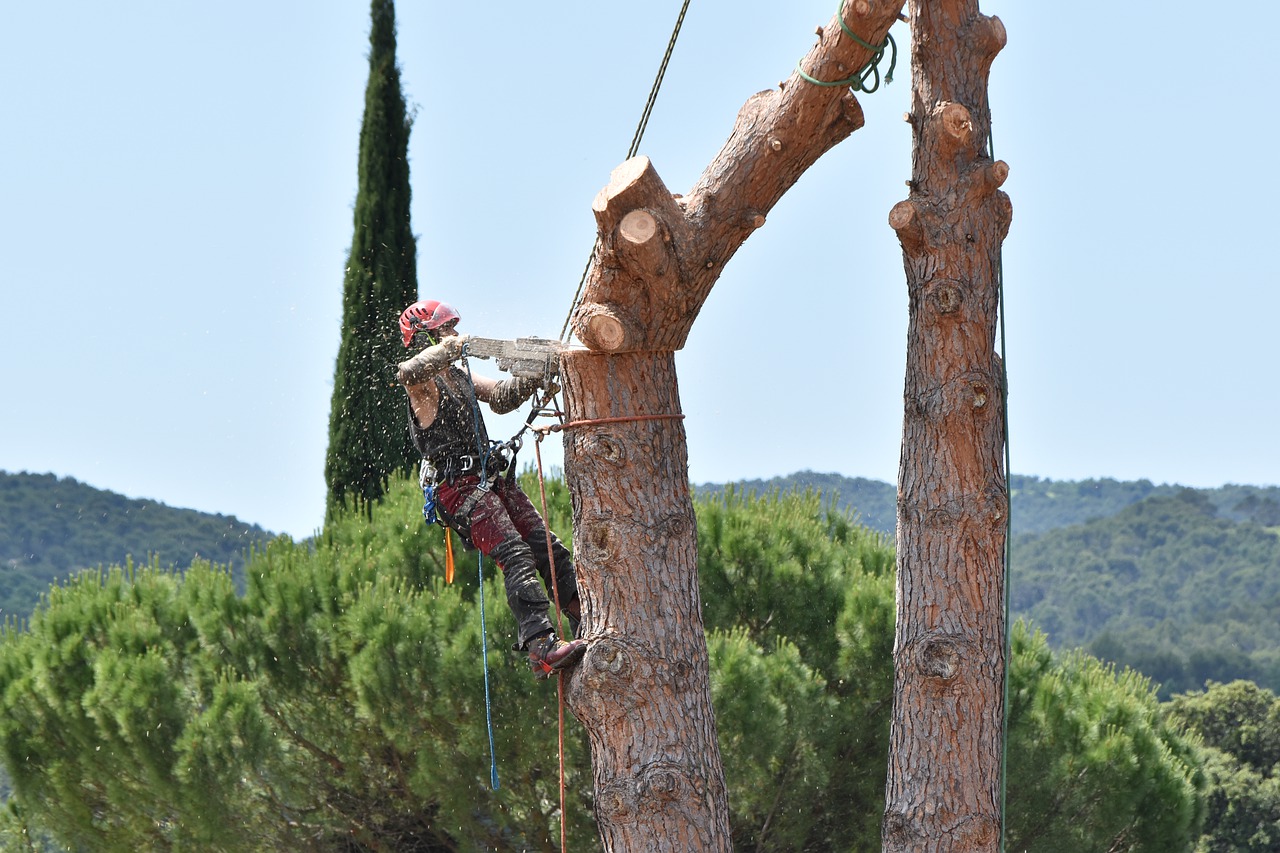
 There are several reasons to prune a tree. The most common reason is to improve the health and appearance of the tree, although there may be other factors at play as well (such as reducing damage or preventing injuries). Crown thinning is one type of pruning that can help keep trees healthy by removing some branches around their top. This allows air and light to circulate more freely through the tree, promoting healthy growth. It’s important to note that crown thinning should not be confused with “topping” a tree, which is a much more drastic measure and should only be used as a last resort.
There are several reasons to prune a tree. The most common reason is to improve the health and appearance of the tree, although there may be other factors at play as well (such as reducing damage or preventing injuries). Crown thinning is one type of pruning that can help keep trees healthy by removing some branches around their top. This allows air and light to circulate more freely through the tree, promoting healthy growth. It’s important to note that crown thinning should not be confused with “topping” a tree, which is a much more drastic measure and should only be used as a last resort. Crown reduction is a type of pruning used to control the shape and size of your tree. It can be performed any time during the year, although you may have better results if it’s done in late winter or early spring when plants are just starting to grow again. The first step is to identify the branches that need to be removed. You can do this by looking for too large branches for the tree, growing in the wrong direction, or crowding other branches. Once you’ve identified these branches, use pruning shears or loppers to cut them off at the base. If you’re not comfortable doing this yourself, it’s best to call in a professional arborist.
Crown reduction is a type of pruning used to control the shape and size of your tree. It can be performed any time during the year, although you may have better results if it’s done in late winter or early spring when plants are just starting to grow again. The first step is to identify the branches that need to be removed. You can do this by looking for too large branches for the tree, growing in the wrong direction, or crowding other branches. Once you’ve identified these branches, use pruning shears or loppers to cut them off at the base. If you’re not comfortable doing this yourself, it’s best to call in a professional arborist.
 Many people think they can repair appliances with their tools, but this is not always true. Appliances are made of very sensitive materials, and these materials mustn’t be compromised by using incorrect or improper tools when making repairs. Professional appliance repair companies typically invest in the appropriate tools to use on appliances. This means they are less likely to damage them, which is vital for keeping your appliance safe and functional.
Many people think they can repair appliances with their tools, but this is not always true. Appliances are made of very sensitive materials, and these materials mustn’t be compromised by using incorrect or improper tools when making repairs. Professional appliance repair companies typically invest in the appropriate tools to use on appliances. This means they are less likely to damage them, which is vital for keeping your appliance safe and functional.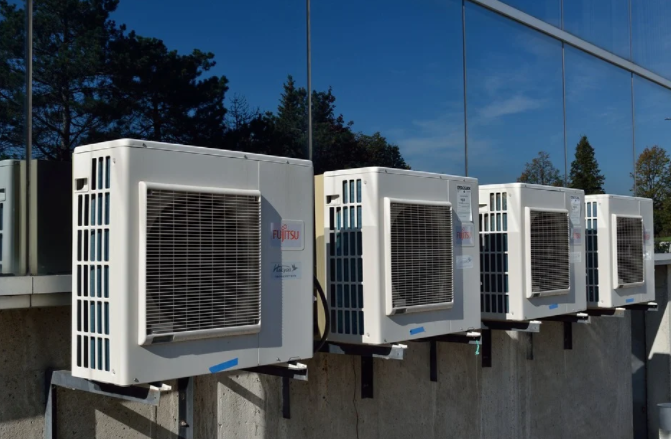
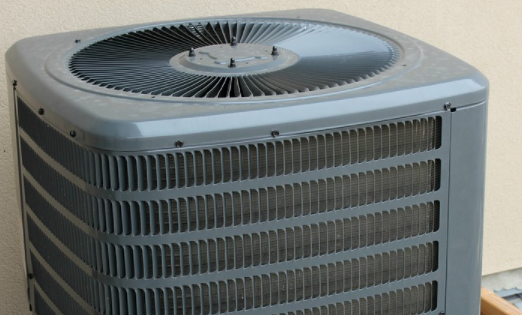
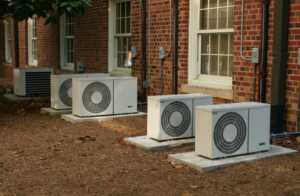 Airflow is the most critical aspect of central air conditioner maintenance. It is essential to change the air filter regularly. Recommended replacement intervals are usually listed on the filter package. However, it depends on how often the unit is used and how contaminated the air is. During the warmer months, it may be more appropriate to change the filter more frequently. It is as simple as removing the old filter and inserting the new one.
Airflow is the most critical aspect of central air conditioner maintenance. It is essential to change the air filter regularly. Recommended replacement intervals are usually listed on the filter package. However, it depends on how often the unit is used and how contaminated the air is. During the warmer months, it may be more appropriate to change the filter more frequently. It is as simple as removing the old filter and inserting the new one.

 Gardeners should use meatless kitchen scraps and other plant materials to create rich black soil. It is much better to compost leaves and grass clippings than to throw them on the side of the road. You can make your compost piles or buy ready-made compost piles. If you don’t have any trees, walk around your neighborhood the day before garbage collection and pick up the excellent bags left by your neighbors. Besides, composting with worms is another good option. This way enables you to enrich your soil by adding redworm larvae to your compost pile.
Gardeners should use meatless kitchen scraps and other plant materials to create rich black soil. It is much better to compost leaves and grass clippings than to throw them on the side of the road. You can make your compost piles or buy ready-made compost piles. If you don’t have any trees, walk around your neighborhood the day before garbage collection and pick up the excellent bags left by your neighbors. Besides, composting with worms is another good option. This way enables you to enrich your soil by adding redworm larvae to your compost pile.
 Mirrors can make a small room look bigger and brighter. Also, it helps to decorate a wall. You can find mirrors at flea markets and Dollar General. To unify your collection, you can use mirrors of all sizes. Then, you can also paint them the same color. When you have bought the mirrors, try to hang them at an odd height. They should reach about a third of the height of the ceiling.
Mirrors can make a small room look bigger and brighter. Also, it helps to decorate a wall. You can find mirrors at flea markets and Dollar General. To unify your collection, you can use mirrors of all sizes. Then, you can also paint them the same color. When you have bought the mirrors, try to hang them at an odd height. They should reach about a third of the height of the ceiling. Have you priced your flower arrangements? You will be surprised at how expensive flower arrangements are. In this case, it is best to shop the discontinued and discount items at your local craft store. Sometimes there are discounts up to 80% off. Pick one you like and choose the right size. Find stem flowers on sale. Please select a color and add them to your arrangement. You can store them in a container and bring them out for the new season. Now you have a fresh flower for every season.
Have you priced your flower arrangements? You will be surprised at how expensive flower arrangements are. In this case, it is best to shop the discontinued and discount items at your local craft store. Sometimes there are discounts up to 80% off. Pick one you like and choose the right size. Find stem flowers on sale. Please select a color and add them to your arrangement. You can store them in a container and bring them out for the new season. Now you have a fresh flower for every season.
 Practically calculate your hours of work – maybe you did a project that you thought would take an hour, but it took you twice as long? This may not be because you’re slow or inefficient, but because you underestimated the time it would take to complete the job. Be sure to factor in prep and cleanup time – for example, getting tools out, cleaning up, and putting things away – as well as actual work time. This has helped many people get things done at the right time. you just need to make sure that you know the things you’ll do next.
Practically calculate your hours of work – maybe you did a project that you thought would take an hour, but it took you twice as long? This may not be because you’re slow or inefficient, but because you underestimated the time it would take to complete the job. Be sure to factor in prep and cleanup time – for example, getting tools out, cleaning up, and putting things away – as well as actual work time. This has helped many people get things done at the right time. you just need to make sure that you know the things you’ll do next. Sometimes we don’t even attempt a task because it seems overwhelming and so big that we don’t know where to start. Similarly, we might accomplish our most important tasks by simply “taking one bite at a time.” For example, if you need to clean your house, try cleaning one room a day, and by the end of the week, you will have done most – if not all – of your house.Doing family chores doesn’t have to be an ordeal. By thinking ahead to when you will be doing it, realistically estimating your time frame.…
Sometimes we don’t even attempt a task because it seems overwhelming and so big that we don’t know where to start. Similarly, we might accomplish our most important tasks by simply “taking one bite at a time.” For example, if you need to clean your house, try cleaning one room a day, and by the end of the week, you will have done most – if not all – of your house.Doing family chores doesn’t have to be an ordeal. By thinking ahead to when you will be doing it, realistically estimating your time frame.…




 Many nations have managed to circumvent security protocols. The logic is simple: COVID-19 is normally spread through aerosols, which are miniature virus particles. They are created when we carelessly touch our face with a potentially infected hand. Wearing a face mask can help us become immune to this. And because the seal is loose, the use of masks is essential to prevent the recurrence of all favorable scenarios for COVID-19. But many people find it hard to wear a mask everyday in their homes.
Many nations have managed to circumvent security protocols. The logic is simple: COVID-19 is normally spread through aerosols, which are miniature virus particles. They are created when we carelessly touch our face with a potentially infected hand. Wearing a face mask can help us become immune to this. And because the seal is loose, the use of masks is essential to prevent the recurrence of all favorable scenarios for COVID-19. But many people find it hard to wear a mask everyday in their homes. The
The 
 To make money. That’s pretty obvious. But it would help if you thought about how you want to make money through your
To make money. That’s pretty obvious. But it would help if you thought about how you want to make money through your  Regardless of what type of property – residential or commercial – you invest in, you will have to deduct prices during homeownership to get a monthly basis. You’ll want to anticipate these prices – like utilities, maintenance, taxes, and interest – so you’ll have a good idea of your profit each month. Of course, these documents will only give you a general idea of what you might be spending, but it’s much better than going in blind. They will work to get you the best possible price that will save you money on interest payments, which could eventually be used to increase the value of your new property.…
Regardless of what type of property – residential or commercial – you invest in, you will have to deduct prices during homeownership to get a monthly basis. You’ll want to anticipate these prices – like utilities, maintenance, taxes, and interest – so you’ll have a good idea of your profit each month. Of course, these documents will only give you a general idea of what you might be spending, but it’s much better than going in blind. They will work to get you the best possible price that will save you money on interest payments, which could eventually be used to increase the value of your new property.…